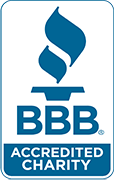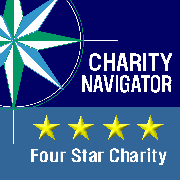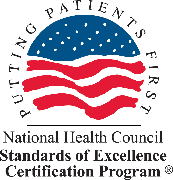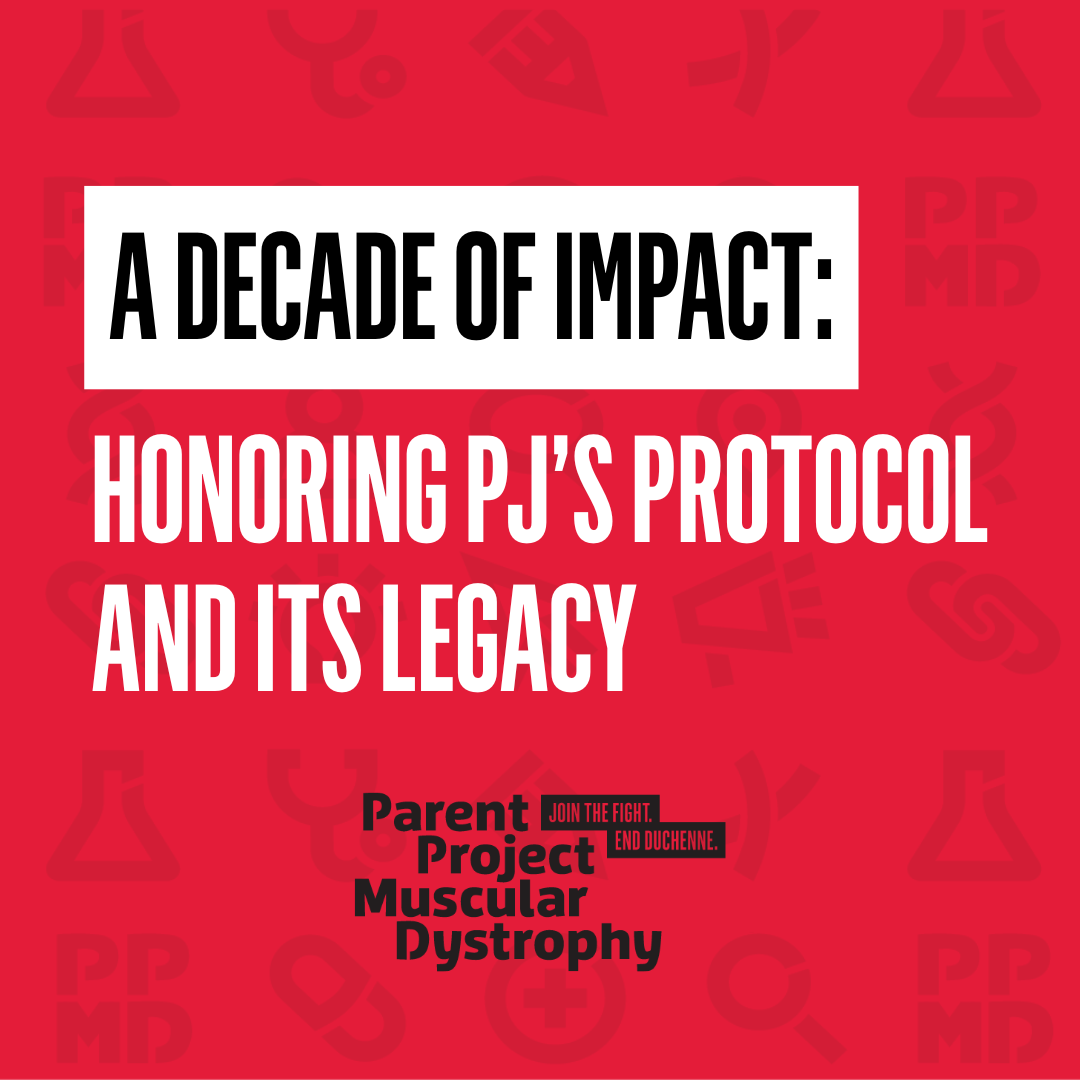
Ten years ago, the Duchenne community gained a vital tool for the clinical management of adrenal insufficiency and steroid stress dosing for individuals on long-term corticosteroid therapies: the PJ Nicholoff Steroid Protocol for Healthcare Providers. What began as a response to a deeply personal experience has become an essential resource for families and clinicians and has been shared around the world.
Today, we mark the 10th anniversary of the PJ Nicholoff Steroid Protocol, commonly referred to as PJ’s Protocol, by honoring the legacy of PJ Nicholoff and the relentless advocacy of his family, while also reflecting on how the protocol came to be, the drive behind its creation, and the continued progress we’re making with the development of the updated version of the resource. With the ever changing Duchenne landscape and development of new therapies, PPMD is pleased to share the updated PJ Nicholoff Steroid Protocol.
How It All Began
PJ Nicholoff, a young man living with Duchenne, passed away in 2013 after a hospital stay during which he did not receive his prescribed corticosteroids nor the required stress dosing to prevent an adrenal crisis. This heartbreaking event inspired a mission: ensure that every healthcare professional understands the importance of appropriate steroid management during emergencies.
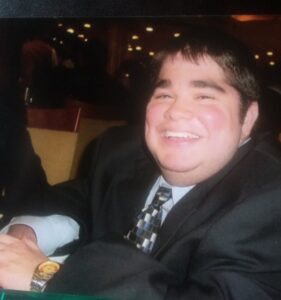
“I didn’t want this to end there,” said PJ’s father, Brian Nicholoff. “I wanted this to be a win for patients, a win for clinicians, and a win for awareness. That’s how PJ’s Protocol began.”
Following PJ’s passing, the Nicholoff family worked closely with PPMD to develop and publish PJ’s Protocol, a resource that has helped countless patients and their families educate healthcare providers on the importance of both not missing steroid doses and receiving appropriate stress doses in emergencies.
What PJ’s Protocol Does
PJ’s Protocol is designed to provide clinicians with critical information for managing emergency situations involving patients on chronic corticosteroids. It outlines how to:
- Recognize signs of acute adrenal crisis
- Administer appropriate stress-dose steroids
- Safely taper steroid doses post-crisis to avoid withdrawal
Updating PJ’s Protocol
Ten years after the initial publication of PJ’s Protocol, PPMD is proud to introduce the updated version of PJ’s Protocol—an even more comprehensive version of the original protocol that incorporates a decade of learning, collaboration, and feedback from families and clinicians alike.
The revised the PJ Nicholoff Steroid Protocol expands beyond the previous iteration and includes six “Critical Concepts:”
- Adrenal suppression of individuals on chronic steroid therapy
- Detection of adrenal insufficiency or crisis
- The need for stress dosing with expanded description of dosing and circumstances under which stress dosing is indicated, including specifics around Agamree (vamorolone)
- How to safely taper when decreasing or discontinuing steroids, when indicated
- The role of stress dose steroids and return of adrenal function after tapering off steroids
- Transitioning from one steroid to another, while reducing risk of adrenal insufficiency or withdrawal
Brian and his family hope this next chapter of PJ’s Protocol continues to educate, advocate, and support the Duchenne community.
“This publication offers another opportunity to put more information in front of healthcare professionals. It’s a product of education, collaboration, and cooperation,” he said. “Make sure you have the Protocol. And share it—not just with your doctor, but with your entire care team.”
Join PPMD for a community webinar on Friday, May 30th at 1:00 PM ET to learn more about the updated PJ’s Protocol. Register here.
PJ’s Legacy Lives On
Over the past decade, the Nicholoff family, with the help of PPMD and a network of passionate clinicians, have taken PJ’s story to hospital boards, national conferences, and advocacy groups worldwide. They’ve trained physicians, pharmacists, and nurses, and have turned personal heartbreak into global change.
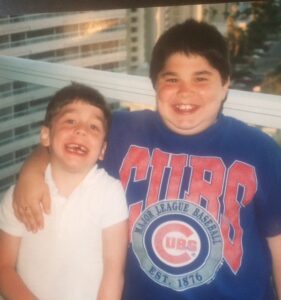
“I can only give you my story as a grieving father,” Brian said. “But the personal experiences of individuals, parents, and families are powerful. Together, we won’t let it happen again.”
He adds:
“PJ’s legacy goes on. This won’t happen again. And the healthcare profession is educated. So it’s a win, win, win.”
Download the updated PJ’s Protocol here.
Read PPMD’s press release announcing the updated PJ’s Protocol and marking the 10th anniversary here.

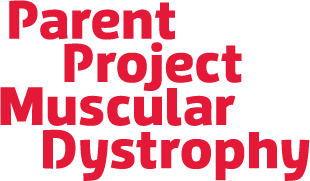

 by: Parent Project Muscular Dystrophy
by: Parent Project Muscular Dystrophy